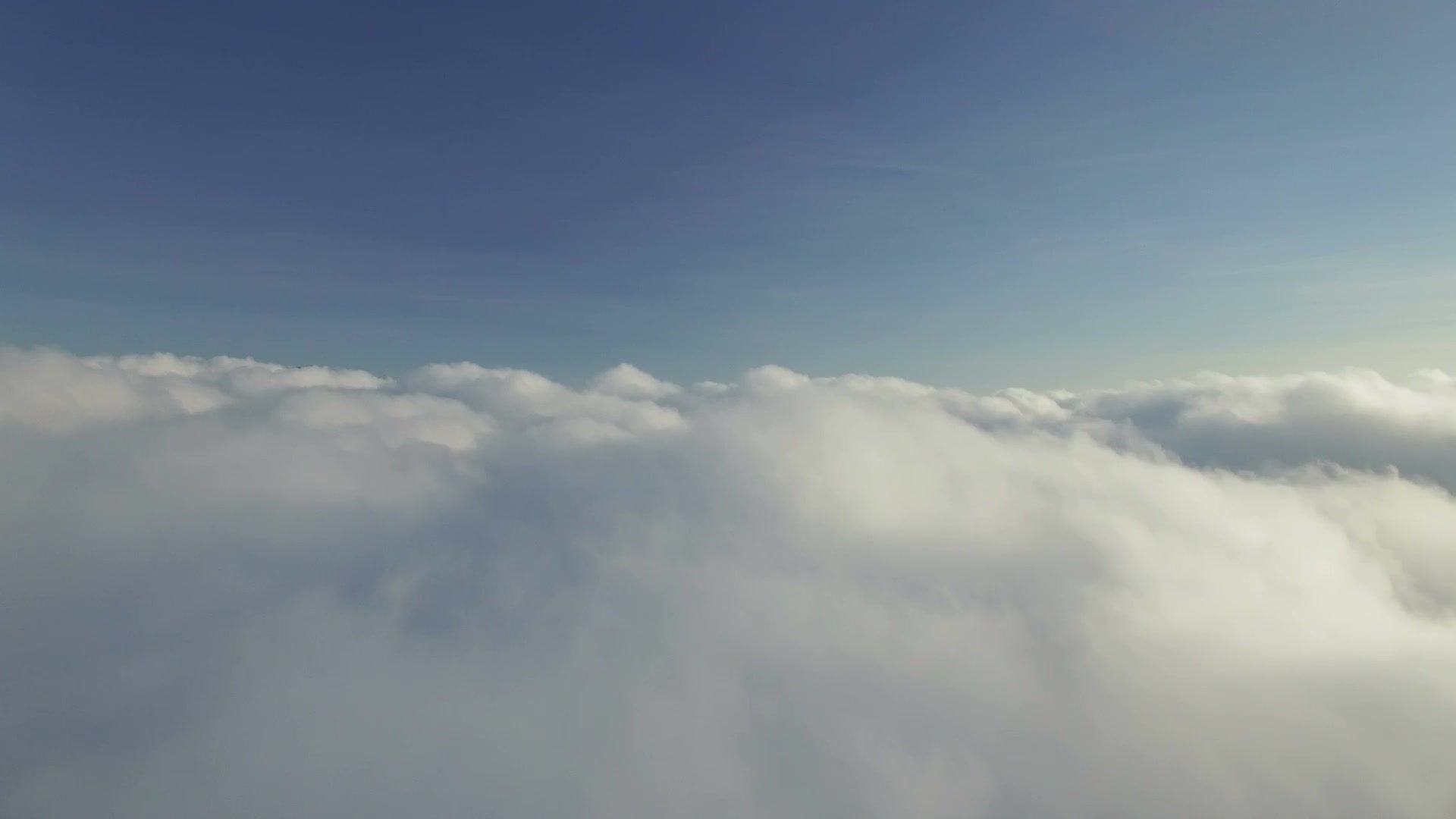top of page

Millage Frequently Asked Questions
Why isn't current state funding enough to fund road improvements?
State road funding has not kept pace with the increasing costs of road construction and maintenance due to inflation and rising material costs. Additionally, fuel-efficient vehicles consume less fuel, which reduces revenue from fuel taxes—a primary source of state road funding.
All of the state and federal dollars come with rules. Money from these sources cannot simply be shifted from the primary system to the local road system.
The rules for state local road funding require us to find a 50% match from another source. Our townships are usually that source. There just isn’t enough money on the township level to make real improvements.
This millage creates a revenue stream that can address the local road system for the townships.
Where does the money collected go?
100 percent of the millage funds collected within a specific township or city will be used exclusively in that township or city. That means funds will stay in the community they’re collected in, funding local road projects directly in those communities.
Will administrative fees be charged to the townships?
No administrative fees will be charged to the townships by the road commission.
What can it be used for and who decides?
Millage funds are not to be spent on administration or operating costs, or on routine maintenance activities such as snow removal, pothole filling, pavement marking, roadside mowing, tree removals, traffic road sign installation, etc.
Your local elected officials will be able to plan and choose those projects with road commission data.
Why county-wide instead of by each community?
Due to costs and education efforts, it was thought that one ballot proposal would be better than 36 individual ballot initiatives.
The roads are under the Road Commission’s jurisdiction, and it falls on us to find the funding. Budgeting for local repairs is difficult in the townships that don’t have millages. They lack consistent revenue at the township level. This will create a stable funding source.
What happens to the money that is already being collected?
Any monies distributed from the state will continue to be allocated to the current County primary roads and City major streets.
Which roads will see work, and what type of work?
Money from this millage will be dedicated to the county's local and city’s minor streets. These are most often the roads we live on and travel daily before getting to a Primary road or Highway.
Will non-motorized trails be included?
Non-motorized trails/paths are not to be funded with these dollars.
How come new roads are built for developers and businesses today?
The developers or businesses involved pay for these new roads, and if they meet the city or county standards, we can accept them into our system for future maintenance.
What type of fixes are available?
The money can be used for a variety of jobs. Some include Paving, Concrete Patches, Chip Seal, Culverts, Bridges, Drainage, and Gravel Applications. Some areas might decide to resurface the roads with Paving or preserve the good roads by Chip Sealing.
What about grants?
The County and City successfully apply for and receive grants every year. That said very few local roads are eligible for the grants.
How are grants used today?
The agencies apply for grants used for safety, infrastructure improvements, and economic development.
What if my community already has a road/street millage?
It will be up to the local community and their elected officials to decide whether to levy their current millage along with the new county-wide millage. Most are planning to keep the revenue consistent.
bottom of page